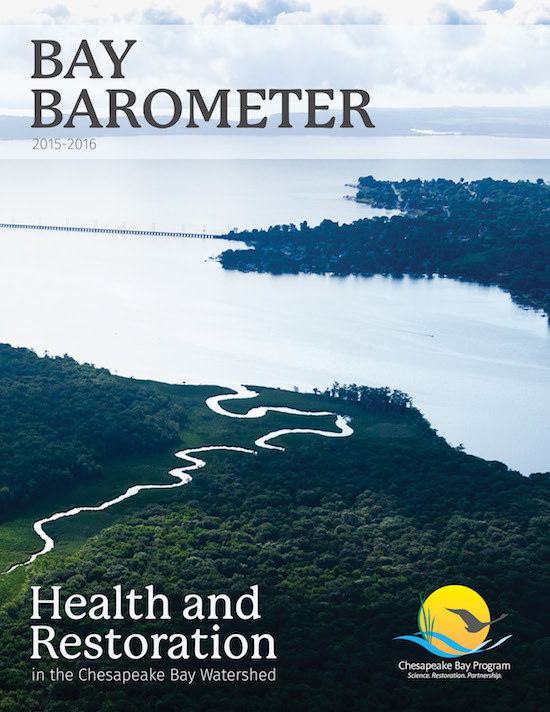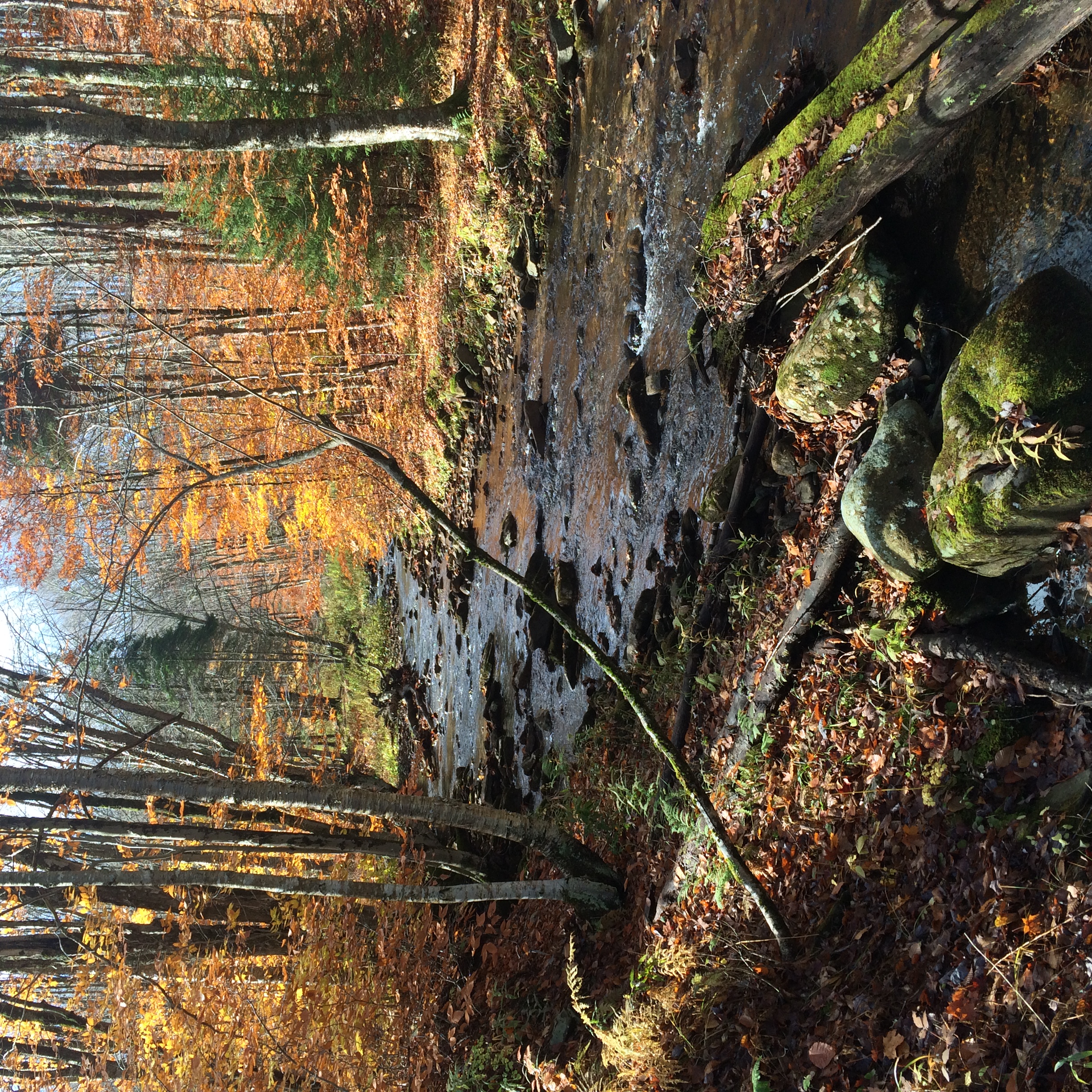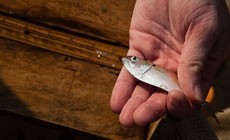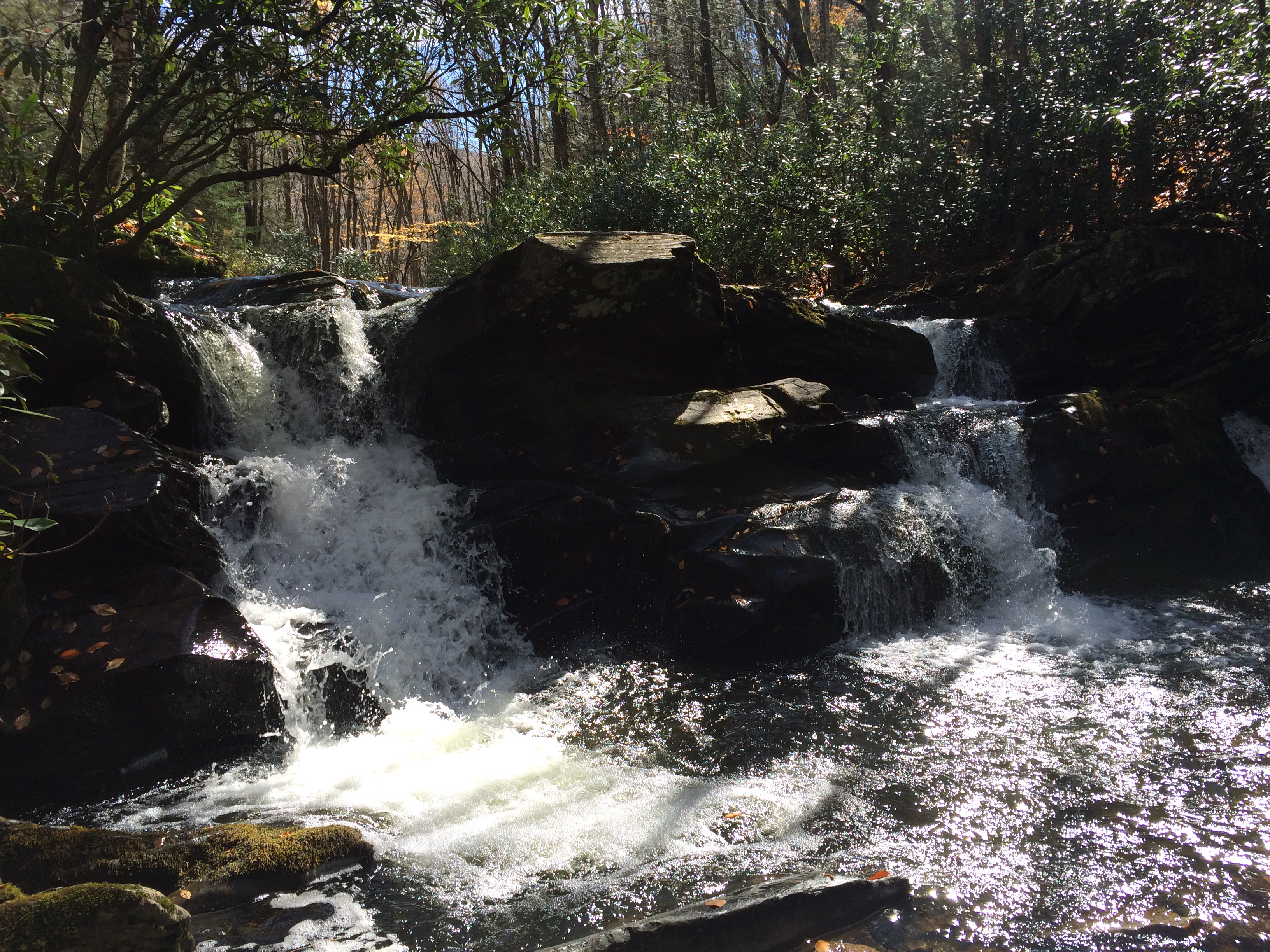The West Virginia Chesapeake Bay Partnership is proud of the ongoing efforts our stakeholders are involved in to clean up our local waterways and the Bay. Here you will find a range of useful, engaging, and hopeful stories about our work, and conservation issues in the forefront. Please check back often as we showcase our efforts.
 The Town of Romney are frequent participants of the CommuniTree program. On the rainy day of
October 12, 2023, Town of Romney employees planted 16 flowering trees at Depot Station Park. This
planting was a continuation of one from Spring 2023 with the goal of beautifying the town’s only green
space.
The Town of Romney are frequent participants of the CommuniTree program. On the rainy day of
October 12, 2023, Town of Romney employees planted 16 flowering trees at Depot Station Park. This
planting was a continuation of one from Spring 2023 with the goal of beautifying the town’s only green
space.
A streambank restoration project on farmland along Sleepy Creek, near Berkeley Springs in Morgan County, was completed in October of 2020 and will prevent future erosion and loss of trees, as well as tons of sediment and pollutants from washing downstream.
Sleepy Creek is within the Chesapeake Bay watershed.
The project was a team effort involving the West Virginia Conservation Agency, the West Virginia Department of Environmental Protection, the Sleepy Creek Watershed Association, the Eastern Panhandle Conservation District and the Chesapeake Bay Program.
It's time to celebrate the one year anniversary of the adoption of the Potomac Basin Comprehensive Water Resources Plan! Thank you for your continued interest in the development and implementation of the plan.
Over the past year, we've been busy implementing your recommendations. Work on 80% of the milestones has begun. Almost 8% of the milestones are already complete. Please keep in touch with your organization's activities that support the plan's goals.
The plan web page contains the final plan document, a PowerPoint presentation, quick access one-pagers and handouts about the plan, and a year one status update. Please update your web pages to link to this site - that way you're viewers will be connected to the latest and greatest documents. Also, let us know if you're interested in having an ICPRB staff member present to your group about the plan or if you're aware of other outreach opportunities.

Please click the link below the picutre for the full article on the Chesapeake Bay Program's website. http://www.chesapeakebay.net/blog/post/bay_barometer_shows_measured_progress_in_chesapeake_health_restoration
 Brook trout play a critical role in the Chesapeake Bay watershed, but without cool, clean water, the fish cannot survive. Working in headwater states, Chesapeake Bay Program partners are promoting land conservation and habitat restoration as ways to clean up local waterways and conserve the iconic species
Brook trout play a critical role in the Chesapeake Bay watershed, but without cool, clean water, the fish cannot survive. Working in headwater states, Chesapeake Bay Program partners are promoting land conservation and habitat restoration as ways to clean up local waterways and conserve the iconic species
https://www.chesapeakebay.net/news/blog/from_the_field_linking_land_and_water_in_brook_trout_conservation
Restoration Spotlight: Generations of Conservation on a West Virginia Family Farm
http://www.chesapeakebay.net/blog/post/restoration_spotlight_generations_of_conservation_on_west_virginia_family_f
 |
Video: Restoration Spotlight: Farm’s conservation ... (Source: www.chesapeakebay.net) |
New Regional Moorefield Wastewater Treatment Plant Is Online!
http://www.chesapeakebay.net/videos/clip/restoration_spotlight_wastewater_overhal_will_cut_pollution_in_west_virgini

What does it take to restore and protect the Chesapeake Bay? For three decades, the Chesapeake Bay Program partnership has done just that. Watch this video to learn more about the Bay Program's work to collect scientific data, restore vital habitats, monitor iconic fisheries and study our environmental impacts, while sharing information and connecting communities with rivers and streams.
http://www.chesapeakebay.net/videos/clip/psa_chesapeake_bay